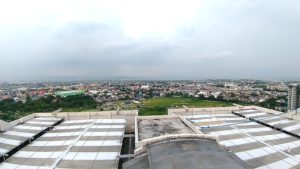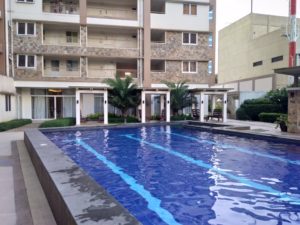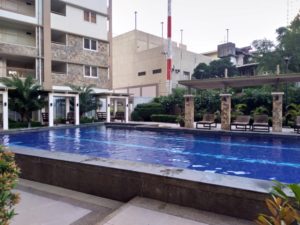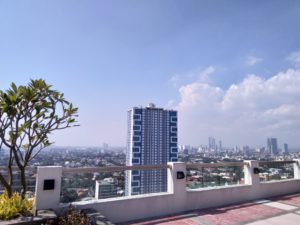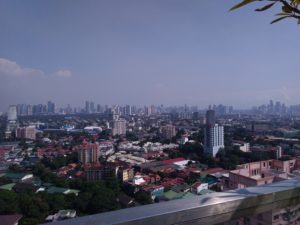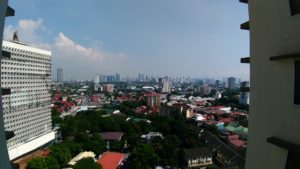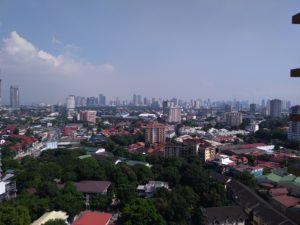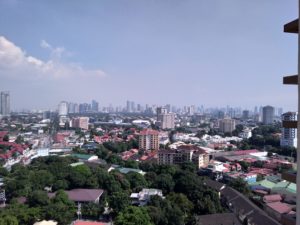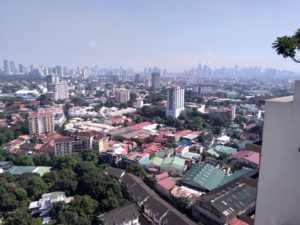With even more power than before comes the Zenfone 4 Max
With great power comes great responsibility not to abuse your phone.
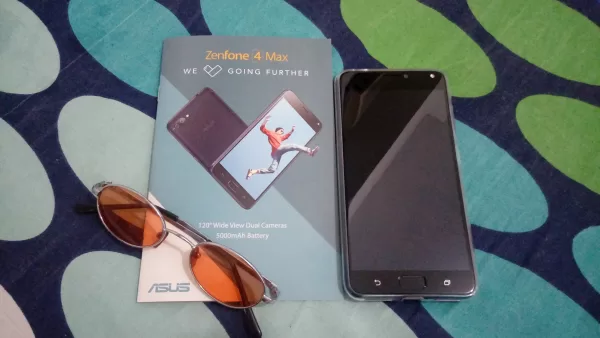
Amateur Photography and Mobile Gaming has been the norm for sometime now and if you’re passionate about both you’ll want a gadget that will sustain it, nourish it and grow it. This brings me to the Asus Zenfone 4 Max which has been in the wild for sometime now and is being considered (if not already) as the Big Battery Budget phone that has Up’ed its photo-shoot capabilities.
 The 1st thing that made an impression to me about this beefy phone is its weight. This hefty piece of gadgetry weighs in at 181 g and is juiced up by a 5,000 mAh battery, (for longer use of the phone’s dual rear cameras or gaming) a Qualcomm Snapdragon 430 octa-core processor 1.4GHz, Adreno 505 Graphic Processing Unit, and 3GB RAM. Wew!
The 1st thing that made an impression to me about this beefy phone is its weight. This hefty piece of gadgetry weighs in at 181 g and is juiced up by a 5,000 mAh battery, (for longer use of the phone’s dual rear cameras or gaming) a Qualcomm Snapdragon 430 octa-core processor 1.4GHz, Adreno 505 Graphic Processing Unit, and 3GB RAM. Wew!
 Going from top to bottom situated up top is it’s audio port, secondary microphone, 8MP camera front camera, and earpiece. On its right side are the volume and power-lock buttons. Opposite side of it can be found the card tray with not one but two nano-sized SIM cards and a microSD card. Between them placed on front is of course the 5.5-inch display. Down below are the back button, recent apps button and home button that is also a fingerprint scanner and below that are the holes for the two pair loudspeaker, the main mic and a micro-USB for the charging and transferring files. At the back you can find the two rear cameras and LED flash. Its operated by Android 7.1.1 Nougat with ZenUI with 32GB of storage .
Going from top to bottom situated up top is it’s audio port, secondary microphone, 8MP camera front camera, and earpiece. On its right side are the volume and power-lock buttons. Opposite side of it can be found the card tray with not one but two nano-sized SIM cards and a microSD card. Between them placed on front is of course the 5.5-inch display. Down below are the back button, recent apps button and home button that is also a fingerprint scanner and below that are the holes for the two pair loudspeaker, the main mic and a micro-USB for the charging and transferring files. At the back you can find the two rear cameras and LED flash. Its operated by Android 7.1.1 Nougat with ZenUI with 32GB of storage .
 Now going back to what I said earlier, the ZenFone 4 Max emphasized its improvement over the ZenFone 3 Max with its main camera. With the ZenFone 4 Max’s dual rear 13 MP cameras it can go from 4:3 (main) to 16:9 (wide-angle) easily with an 80 to 120 degree viewing angle. The focal length goes from 26mm (main) to 12mm (wide-angle).
Now going back to what I said earlier, the ZenFone 4 Max emphasized its improvement over the ZenFone 3 Max with its main camera. With the ZenFone 4 Max’s dual rear 13 MP cameras it can go from 4:3 (main) to 16:9 (wide-angle) easily with an 80 to 120 degree viewing angle. The focal length goes from 26mm (main) to 12mm (wide-angle).
Camera features include in Auto, Beauty, GIF Animation, Panorama, Pro, Super Resolution, and Time Lapse.
I find that the camera takes better shots outdoors with bright natural lighting compared to indoors. TBH the camera has its shortcomings in not so well lit up places but when the lighting is good the shots are great. The wide-angle shot, while puts everything in frame, suffers from a bit of noise and lack of focus. In fact, in certain instances, you can already see the noise on the handset screen while framing your shot. We hope this can be addressed by a camera software update.
In video recording it can do up tp 30 fps at full HD with both the normal and wide angle view.
While it could definitely be better, I find the camera on the Zenfone 4 Max to be quite alright. It ticks all the boxes without breaking your bank account.
And with that I end this 1st part of the Asus ZenFone 4 Max experiment. In the next and probably shorter article I’ll talk about how this phone grinds when it comes to mobile gaming 🙂












